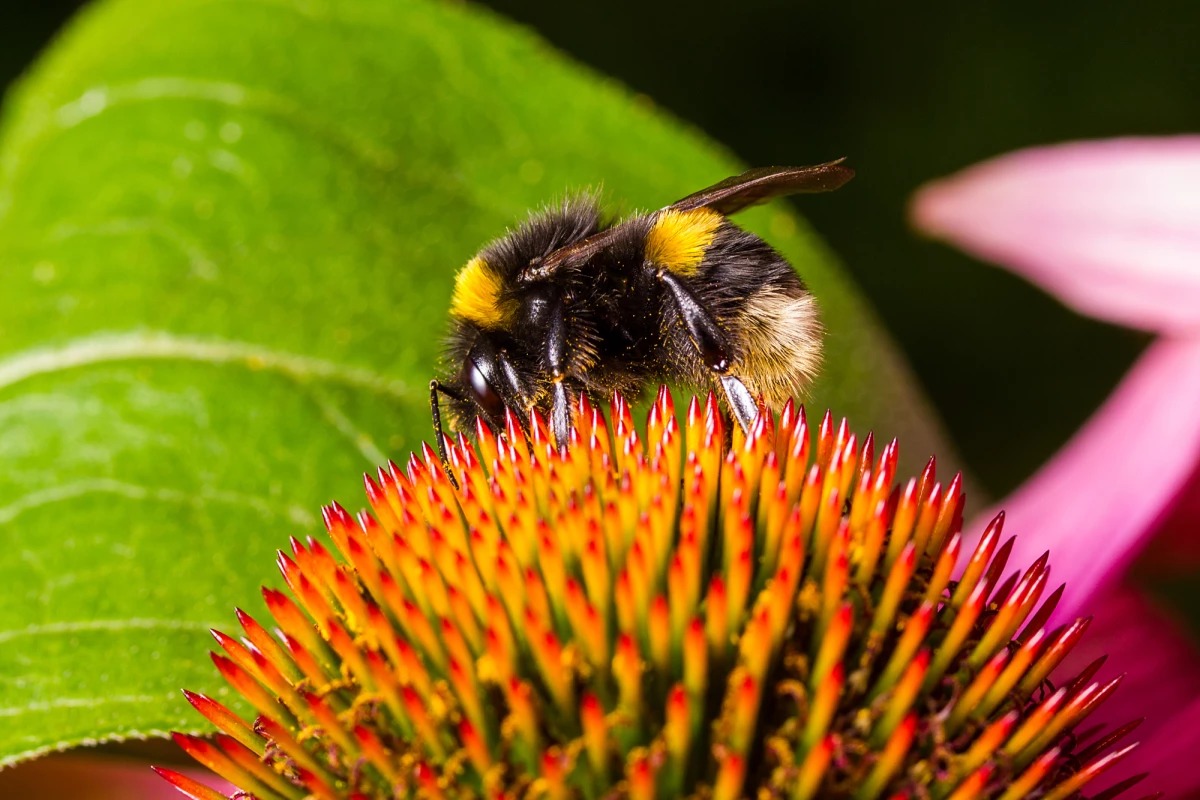A striking new study from scientists at University College London and the University of Ottawa has identified a link between warming global temperatures and local declines in bumblebee populations. The research suggests bumblebees are disappearing in both North America and Europe at a pace, “consistent with a mass extinction.”
To investigate any potential link between climate change and bumblebee decline the researchers evaluated over half a million georeferenced occurrence records, spanning 66 distinct species across 115 years. A new model was developed to track species population movements in association with local temperature changes.
“We have created a new way to predict local extinctions that tells us, for each species individually, whether climate change is creating temperatures that exceed what the bumblebees can handle,” explains the study’s co-author, Tim Newbold.
The study concluded there was a distinct connection between decreases in bumblebee populations and localized temperature increases. This means bumblebee populations were moving away from locations they had historically colonized when temperature conditions exceeded certain points.
“We found that populations were disappearing in areas where the temperatures had gotten hotter,” says Peter Soroye, lead author on the new study. “We’ve known for a while that climate change is related to the growing extinction risk that animals are facing around the world. In this paper, we offer an answer to the critical questions of how and why that is. We find that species extinctions across two continents are caused by hotter and more frequent extremes in temperatures.”
The study does note that there is evidence of bumblebee populations increasing in certain cooler areas, suggesting a kind of migration to more comfortable conditions. However, the rate of overall decline in bumblebee populations far exceeded any rates seen in newly colonized areas.
In fact, the study concludes the overall likelihood of bumblebee survival in a given location has dropped by an average of 30 percent in a single human generation. The researchers suggest this rate of decline is, “consistent with a mass extinction.”
“If declines continue at this pace, many of these species could vanish forever within a few decades,” says Soroye.
Accounting for other anthropogenic land use effects, such as pesticide use or agricultural intensification, the study confirmed the effects of climate change were distinctly connected to bumblebee occupancy rates in given geographical areas. This suggests climate change is playing a fundamental role in shifting bumblebee populations, and Peter Soroye notes how this may ultimately lead to dramatic biodiversity losses.
“Bumblebees are the best pollinators we have in wild landscapes and the most effective pollinators for crops like tomato, squash, and berries," says Soroye. “Our results show that we face a future with many less bumblebees and much less diversity, both in the outdoors and on our plates.”
The new study was published in the journal Science.




